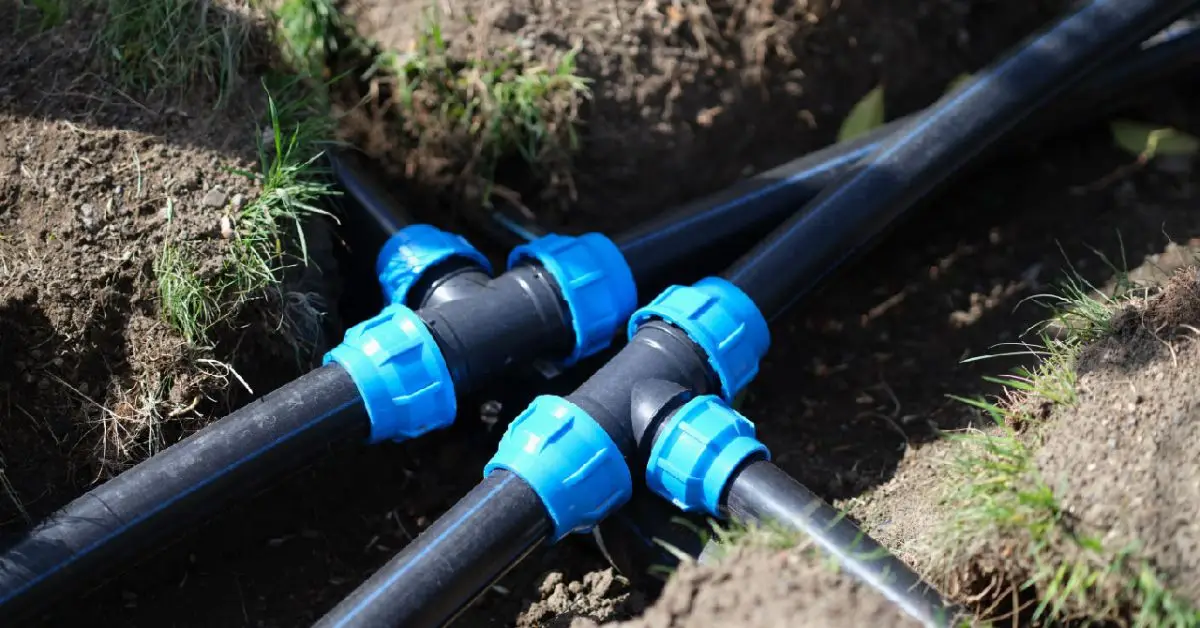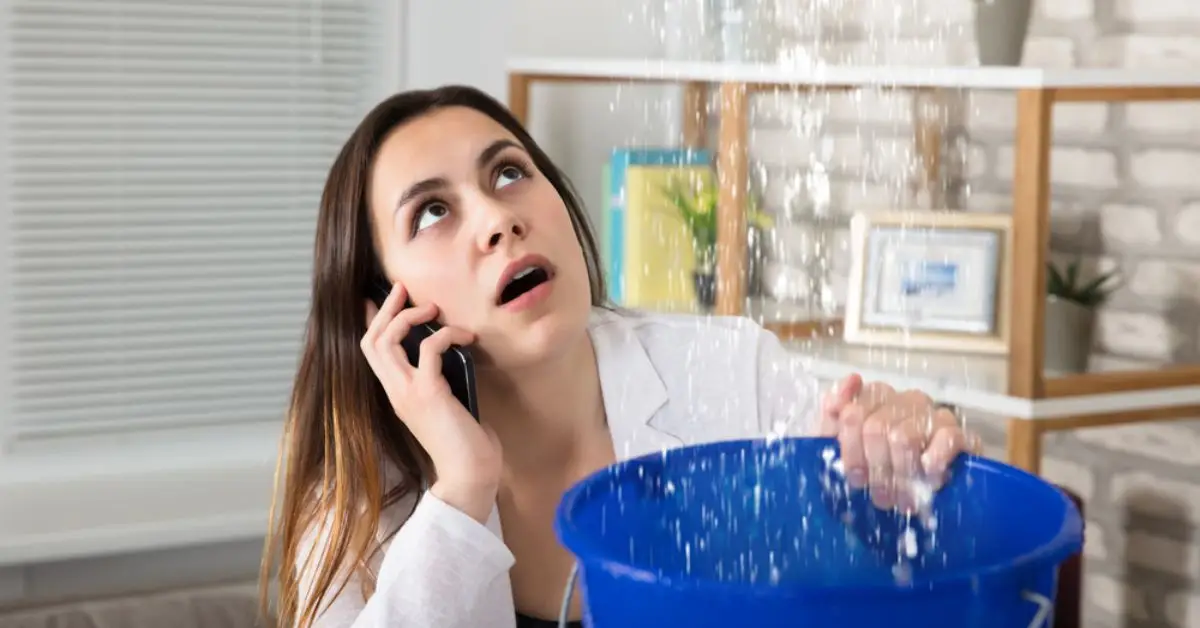Hidden Home Leaks: 7 Common Places You’re Probably Missing
The first time I noticed a faint yellow stain creeping across my living room wall, I told myself it was nothing—maybe the paint aging or a spill I had forgotten about. A month later, the wall felt damp, the smell of mildew hit me every time I walked by, and I was staring at a repair bill I could have avoided if I had caught the leak sooner.
That’s the problem with hidden leaks. They don’t announce themselves with gushing water; they hide in small stains, faint smells, or a water bill that suddenly spikes. Household leaks across the U.S. waste nearly a trillion gallons of water every year. For you and me, that means wasted money, structural damage, and sometimes health risks from mold.
I want to show you simple, practical ways to spot these leaks before they ruin your walls or floors. None of them require special tools, just a careful eye and a little know-how.
Have you ever had a water bill that made you wonder if something was wrong in your home?
Why Hidden Leaks Are More Dangerous Than You Think?
When you and I think of leaks, we usually picture a dripping faucet or a puddle under the sink. The truth is, the hidden ones are far worse because they quietly eat away at your home and your wallet before you even notice. Let’s break down why they’re so dangerous.
Structural damage risks (walls, foundation, flooring)
A slow leak inside a wall or beneath your floor doesn’t stay “small” for long. Water seeps into wood, drywall, and even concrete, weakening everything it touches.
- Walls: Paint starts to bubble, plaster crumbles, and studs can rot.
- Floors: Hardwood warps, tiles loosen, and carpets soak up moisture like a sponge.
- Foundation: Over time, water can cause cracks that shift the very base of your home.
I’ve seen people spend thousands repairing what started as a barely noticeable damp patch. If you spot unusual stains or warped flooring, don’t shrug it off—it’s a red flag. If you’ve already noticed damp patches or warped flooring, you may want to act fast—here are 6 expert tips to repair water damage before it ruins your home that can help you limit the damage before calling in a contractor.
Mold growth and health hazards
Where water lingers, mold follows. And once mold takes hold, it doesn’t just smell bad—it puts your health at risk.
- Respiratory issues: Sneezing, coughing, and wheezing can all flare up.
- Allergies and asthma: Mold spores are a known trigger for both children and adults.
- Spread: Once mold gets into drywall or insulation, it spreads fast and is expensive to remove.
The CDC warns that prolonged exposure to mold can worsen asthma and other breathing problems. That’s why catching leaks early isn’t just about saving your home—it’s also about protecting your family’s health.
Rising utility bills
Leaks are like throwing money straight down the drain. Even a tiny drip can waste gallons every day, and when it’s hidden, it keeps running 24/7.
- A single faucet dripping once per second can waste more than 3,000 gallons a year.
- Hidden toilet leaks can add dozens of dollars to your bill every month.
- Underground leaks outdoors? They can skyrocket your bill without a single visible sign.
If your bill suddenly jumps and you haven’t changed your habits, chances are there’s a leak somewhere waiting to be found.
7 Easy Water Leak Detection Tips Every Homeowner Can Use
Catching a hidden leak isn’t about fancy tools—it’s about paying attention to the signs your house is already giving you. Here are a few simple checks you can do yourself.
1. Watch Your Water Bill for Sudden Spikes

One of the easiest ways to spot trouble is right on your monthly statement. If your water use suddenly jumps but your habits haven’t changed, there’s a good chance something is leaking.
- Track patterns: Compare this month’s bill with the last six months. Most households use water consistently unless there’s a big seasonal change.
- Look for outliers: Even a 10–15% spike is worth investigating.
2. Do the Water Meter Test
If you suspect a leak but can’t see it, your water meter is your best detective tool. Here’s how to do it:
- Shut off everything in your home—faucets, washing machine, dishwasher, outdoor hoses.
- Read your meter and note the number.
- Wait 30 minutes to 1 hour without using any water.
- Check again. If the number has moved, water is escaping somewhere it shouldn’t.
Visual learners? This step is perfect for an infographic—one image showing the “before and after” readings makes it easy to follow.
According to the Water Corporation of Western Australia, this is one of the most reliable DIY tests because it isolates hidden leaks that you can’t see or hear.
3. Use the Toilet Dye Test
Toilets are the number one source of indoor water waste, and the worst part? A silent leak often goes unnoticed. Thankfully, the test is simple:
- Drop a few drops of food coloring or a dye tablet into the toilet tank (not the bowl).
- Wait 10–15 minutes without flushing.
- If colored water appears in the bowl, the flapper valve is leaking.
It takes less than a minute to set up, and the materials cost almost nothing. Considering toilets can waste hundreds of gallons a day, this quick test can save you real money.
4. Inspect Walls, Ceilings, and Floors for Damp Spots
Not every leak leaves a puddle. Sometimes the only signs are what you see—or smell—inside your home. Keep an eye out for:
- Bubbling or peeling paint on walls and ceilings.
- Warped wood or sagging drywall that feels soft to the touch.
- A faint musty odor that doesn’t go away even after cleaning.
I once saw a tweet from a homeowner who thought their child had spilled juice behind the couch. Weeks later, they realized it was a slow leak inside the wall, and the photo showed the stain had grown twice in size. Stories like that are a reminder: don’t ignore little visual cues.
5. Listen for Dripping or Hissing Sounds
When the house is quiet—late at night or early morning—take a few minutes to just listen.
- Stand near exposed pipes and place your ear close.
- Walk through basements or attics where plumbing runs.
- Turn off all appliances so you can hear clearly.
A faint hiss may point to a pinhole leak, while a steady drip means water is escaping somewhere it shouldn’t. It’s simple, costs nothing, and often reveals what your eyes can’t.
6. Check Outdoor Irrigation and Hose Connections

Leaks aren’t just an indoor problem—your yard can hide them too.
- Inspect garden hoses and sprinkler heads for drips even when turned off.
- Look for water pooling in the yard on dry days.
- Check the area around outdoor spigots; damp soil or green moss is a warning sign.
The ServiceMaster Restore guide points out that irrigation system leaks are some of the most overlooked but costly, since they can waste hundreds of gallons without you noticing.
7. Use Technology: Moisture Sensors or Smart Leak Detectors
Not every leak can be spotted with your eyes or ears—that’s where technology steps in. Affordable Wi-Fi leak detectors and moisture sensors are now widely available, and they’re surprisingly easy to set up.
- Place them under sinks, near your water heater, or in the basement.
- They connect to your home’s Wi-Fi and send alerts straight to your phone the moment moisture is detected.
- Some even shut off the water supply automatically if a major leak is found.
I’ve seen homeowners catch leaks in real time while they were away on vacation, simply because a $30 sensor sent them a notification. That kind of peace of mind is hard to beat.
What to Do if You Find a Leak
Spotting a leak is only half the battle—you need to know what to do next. Here’s a simple breakdown:
Small DIY fixes (tightening joints, replacing washers)
For minor leaks, a quick repair often does the trick.
- Tighten loose pipe joints with a wrench.
- Replace worn washers in faucets or valves.
- Use plumber’s tape to seal small threaded connections.
These fixes cost just a few dollars and can stop everyday drips from turning into bigger problems. For a step-by-step guide on handling common household drips and pipe issues, check out 8 plumbing leak fixes every homeowner should know in 2025.
When to call a plumber (foundation leaks, major pipe bursts)
Not every leak is a DIY job. If you notice:
- Water pooling around your foundation.
- A sudden loss of water pressure in the whole house.
- A burst pipe spraying water.
Call a licensed plumber immediately. Trying to patch major leaks yourself can lead to more damage and higher repair costs.
Preventive maintenance tips (annual checks, insulation)
The best fix is prevention. Make it a routine:
- Schedule an annual plumbing checkup.
- Insulate pipes in colder climates to prevent winter bursts.
- Drain and check outdoor spigots before each season.
These small steps keep your system healthy and cut down the risk of surprise leaks.
Quick Action Checklist

When it comes to leaks, quick action is everything. Here’s a simple checklist you can print, screenshot, or even stick on the fridge so you never forget the basics.
- Check your water bill: Compare it month-to-month. Even a small unexplained spike can point to a leak hiding somewhere.
- Do the water meter test: Shut off all taps, take a reading, wait 30–60 minutes, and check again. Any movement means water is escaping.
- Run the toilet dye test: Drop food coloring in the tank. If it shows up in the bowl without flushing, you’ve got a silent leak.
- Inspect walls, ceilings, and floors: Look for bubbling paint, warped wood, or damp smells—these are your home’s warning signs.
- Listen for sounds at night: Turn everything off and pay attention. A faint hiss or steady drip often reveals what your eyes can’t.
- Check outdoor irrigation and hoses: Walk your yard on a dry day. Pooled water or damp soil near sprinklers and spigots usually signals waste.
- Set up smart leak detectors: Affordable sensors under sinks or in basements can send phone alerts the moment they detect moisture.
Pro tip: Treat this checklist like preventive maintenance. Spend ten minutes each month running through it—you’ll catch most problems before they become costly disasters.
Key Takeaways for Homeowners
- Early detection is priceless: A small leak today can snowball into thousands of dollars in repairs if ignored.
- Simple checks catch the majority: Watching your water bill, doing a quick meter or dye test, and listening for unusual sounds can uncover most hidden leaks.
- Technology gives you peace of mind: Smart detectors add an extra layer of protection, especially when you’re traveling or away from home for long hours. And remember, hidden leaks aren’t the only water threat—if you ever face severe water intrusion, these 7 urgent things to do if your house gets flooded before it’s too late will guide you through the first critical steps.
Your home will always show you signs—it’s just a matter of whether you’re paying attention. The good news is, once you know what to look for, you can stop leaks before they ever ruin your walls or floors.
Now it’s your turn: Have you ever caught a hidden leak just in time? Or did you learn the hard way, like many of us, after the damage was already done? Share your story in the comments—your experience might save someone else’s home.
For more practical, no-nonsense tips that keep your house safe, strong, and stress-free, visit Build Like New. It’s where I share guides that make home care simple and effective for everyday homeowners.
Disclaimer: This article is for general informational purposes only and is not a substitute for professional plumbing advice. If you suspect a serious or complex leak, always consult a licensed plumber to avoid further damage.


